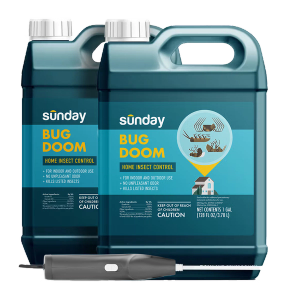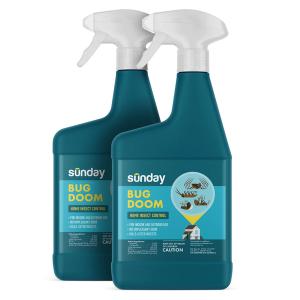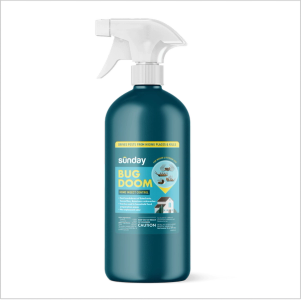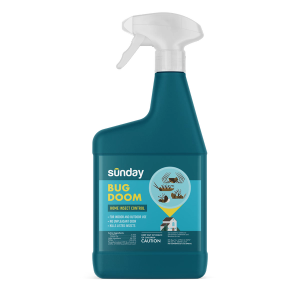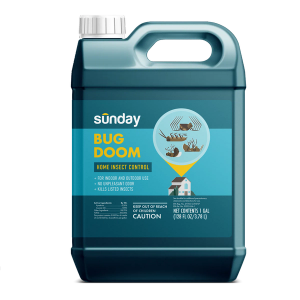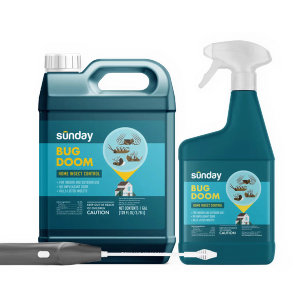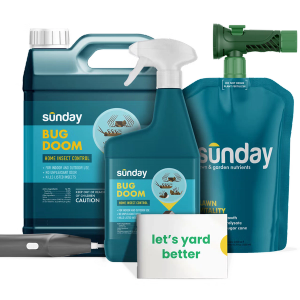These tiny creatures prey on other pests, act as pollinators, and their tunnels aerate the soil, allowing air and water to enter more easily. For the most part, many ant species are completely harmless to humans. However, there are some species that can not only develop large colonies but can also wreak havoc on your lawn and at times, inside your home. Some even have the ability to build out large mounds within the lawn or have stinging abilities that can be pretty painful for kids and adults. So, yeah - some of these little ones got to go. But evicting them permanently is way easier said than done. Here are some helpful tips:
1. Clean up or eliminate food & water sources
Ants love compost piles, trash (both indoors and outdoors), and any kind of organic waste, especially if it’s sugary or sweet. Be sure to clean areas around your trash, compost, and recycling bins indoors, and store the outdoor trash, compost, and recycling bins away from both your house and lawn. A few more ant-free friendly tips:
- Use a wet, soapy sponge to remove ant pheromone trails inside the house.
- Pick up any dropped food when hanging outside near your home (and of course indoors too!).
- Ensure your home’s downspouts and gutters are functioning properly so that water flows away from your house’s foundations, reducing the risk of creating standing water (or, watering holes for these insects).
Sunday Tip:
Cats and dogs can inevitably invite ants into your home, so store dry pet food in a sealed plastic container and not the bag it comes in, and keep the area around your pet’s feeding bowls clean so they don’t become food sources for ants.
2. Seal entryways & add screens
First off, we want to preface this tip by expressing that it is REALLY difficult to seal out ants completely because they are SO small. However, providing some attention to where they are trailing in and preventing their entry is definitely worth talking about. There are often crevices where ants emerge (under molding, for example) that can be caulked and sealed. Doors and windows can always be tighter and readjusted after the winter months, too.
3. Check and remove potential habitats
Before you attempt to remove all potential ant habitats, please note the following important message: fire ants, harvester ants and maybe allegheny mound ants are the main ant pests you should limit in your lawn. Other ants should be welcome within a lawn and will help your grass (and garden!) thrive.
- Indoors: check and fix moisture-rich and unclean spaces inside your home to limit ant infestations.
- Outdoors: check for mounds within the lawn and know how to properly ID fire ants or harvester ants.
Sunday Tip:
Consider removing objects that ants are nesting under, including stones and landscape fabric near the foundation outdoors.
4. Use Sunday Pest Control products
Reaching for Sunday Pest Control Products is a more environmentally responsible approach for ants that are hard to remove. Ant Adios, Fire Ant Fighter, and Bug Doom are outdoor products that can effectively remove harmful ants in a few applications. Bug Doom also has an indoor application that is safe for use to control some ant species when used as directed.
What do I do if the problem persists?
If you’ve tried all the above attempts to get rid of ants and the problem persists, it may be time to call in reinforcements because, bottom line, carpenter ants, for example, can cause serious property damage whereas fire ants can pose health risks to your family. Find a reputable exterminator in your area who can help identify the type of ant you have and take the necessary steps to eliminate the colony.







